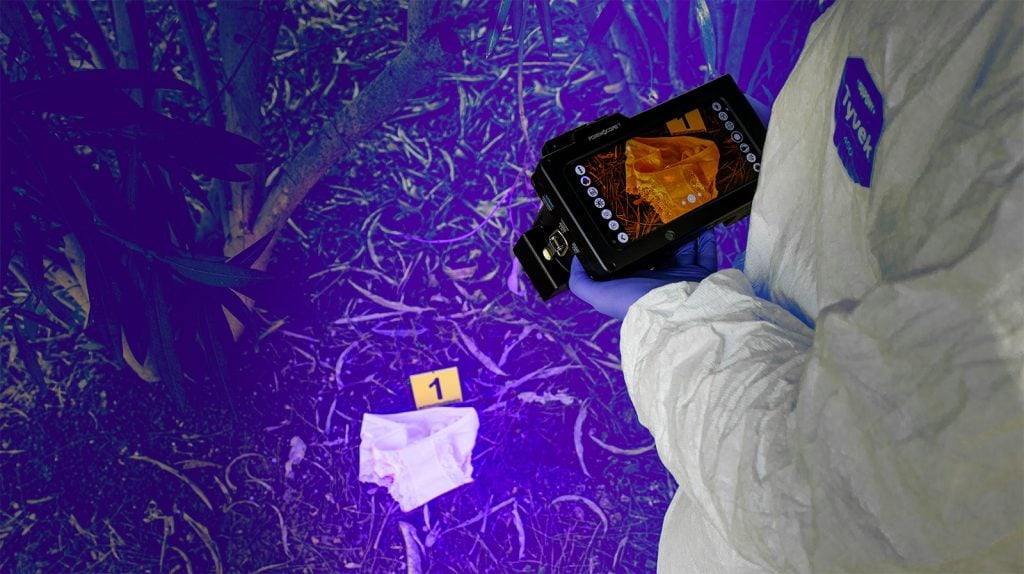
Wildlife Forensics
Wildlife forensics is the application of science to legal cases involving wildlife. This field uses scientific procedures to investigate wildlife-related crimes, including the exotic pet trade, poaching, other illegal hunting activities, and even oil spills.
Wildlife crime is a current global problem due to the illegal trade of wildlife flora, fauna, and products all over the country. It also includes owning derivatives of flora and fauna without valid authorization.

Picture 1.
The materials collected and the identification of protected species should be sent to forensic laboratories or wildlife research institutions dealing with wildlife crimes. Some specific characteristics of the species or the seized material are used to identify wildlife species in forensic laboratories. Techniques currently used for wildlife species identification include footprint analysis, morphological study of species (microscopic studies, anatomical and histological studies), serological methodology, and molecular biology techniques.

Picture 2.
Morphological Analysis
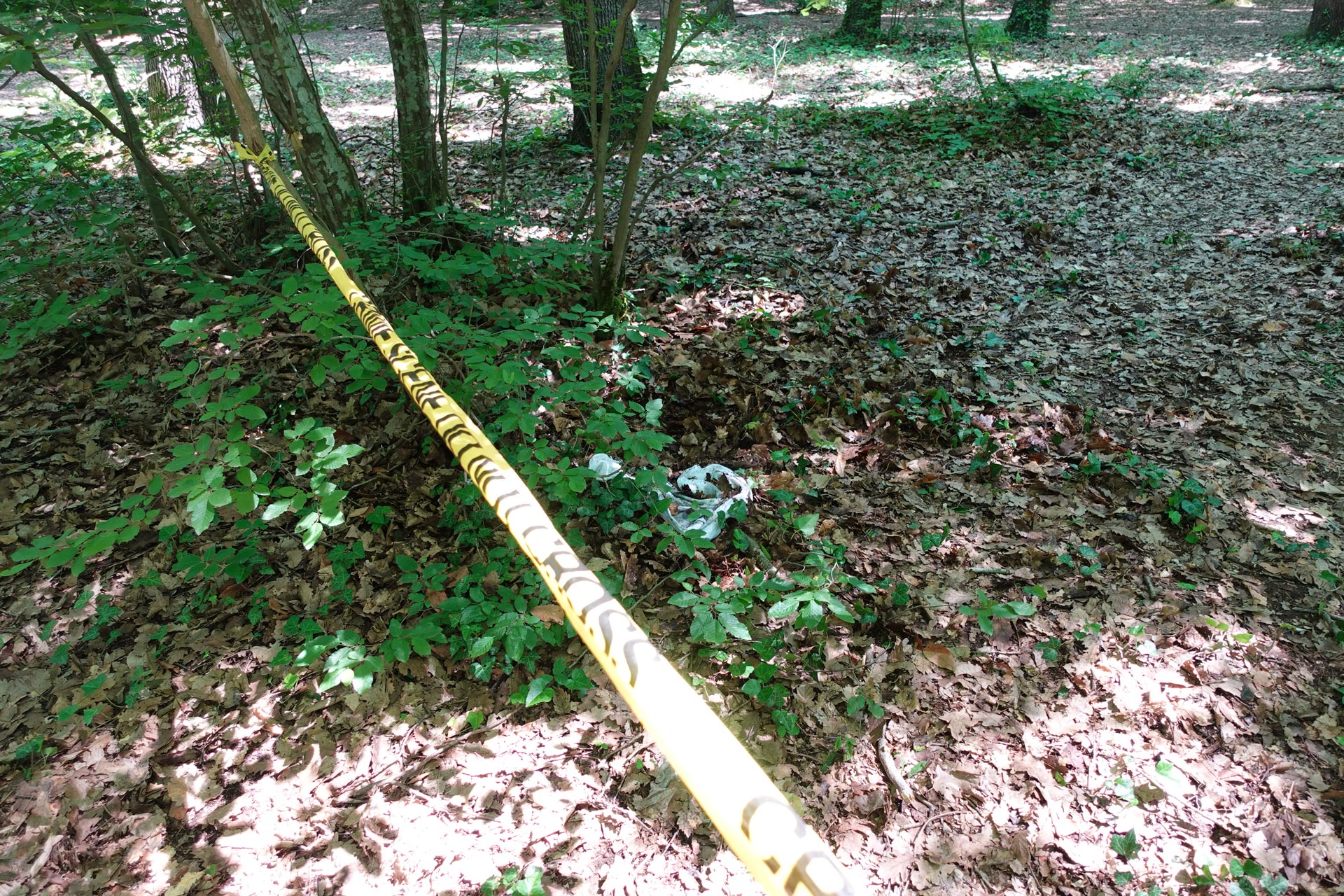
Picture 3.
Morphological or physical features are the simplest and cheapest forensic analysis for identifying evidence. It provides crucial external appearance-based clues in identifying species based on the morphological characteristics of wildlife flora and fauna. Different species usually have skin coat color, color pattern, eyes, ears, tail, etc. It has a different physical appearance. Morphological, anatomical, and microscopic analyzes are helpful in identifying species if whole skin or skeleton is present as evidence. Reference samples and databases are significant in morphology identification. For example, when skin evidence of animals is obtained, hair analysis and comparison with a reference sample are essential in determining the type of origin. The main problems with morphological descriptions are the absence of preserved intact parts of animals.
Footprint Analysis
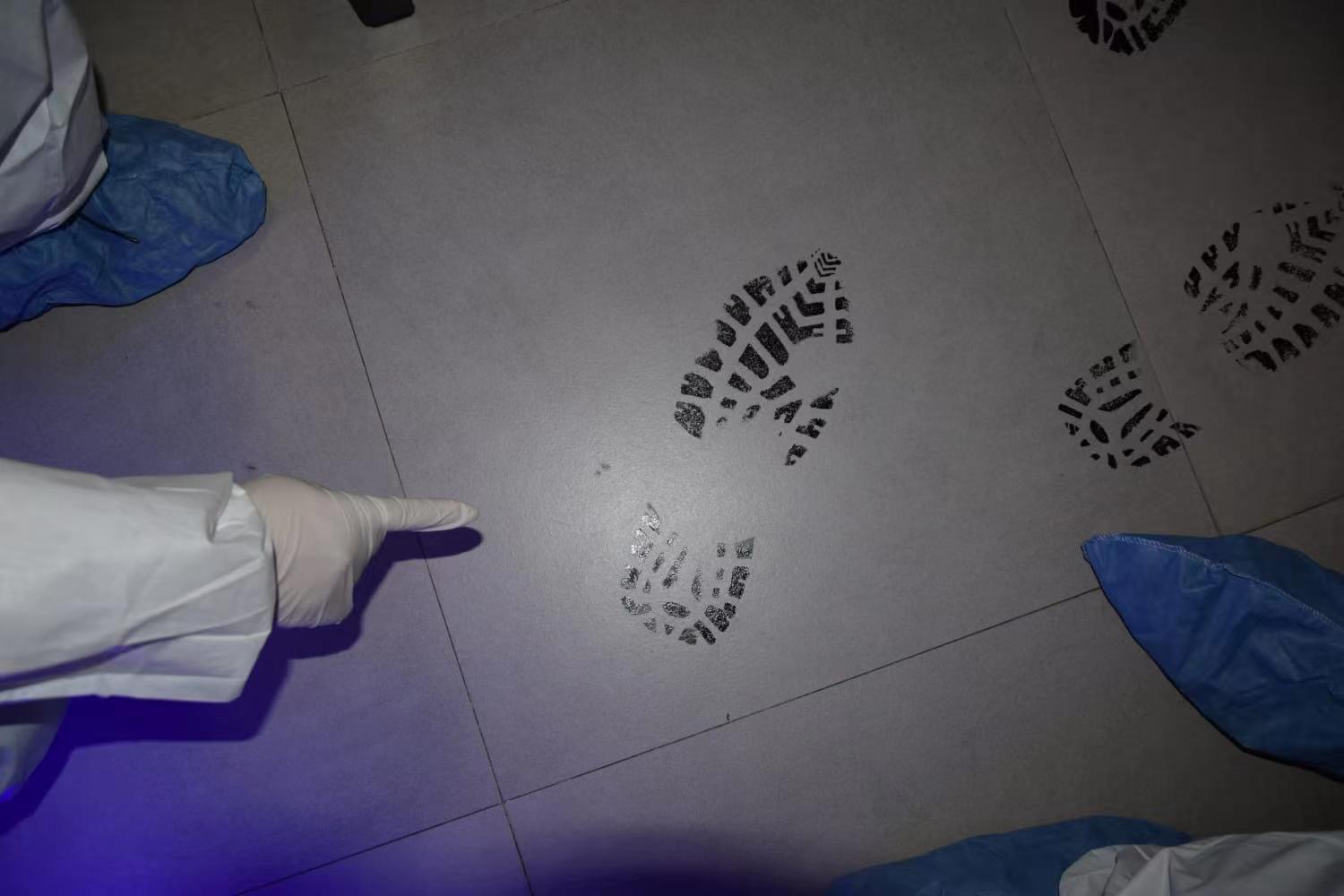
Picture 4.
Footprints of wildlife species are precious evidence in forensic analysis of species. Footprints are impressions of the feet of animals on the surfaces they walk on or where they are confined. The type and age of species identification depend on the model and dimensions of the footprints. The biggest problem with identifying species based on footprint impressions is undetectable footprints on hard surfaces, and sometimes these footprint areas are often contaminated with footprints from other animals.
Microscopic Examination

Picture 5.
This analysis includes hair morphology, elemental analysis, and a cuticular measurement model. Hair plays a vital role that can be used in identifying species. Scanning Electron Microscopy (SEM) can be used to identify animals based on hair evidence. Scanning electron microscopy provides a unified Energy Distribution Spectrum (EDS) that will lead to geographic region identification with a higher magnification range and elemental analyzes such as sodium, potassium, calcium, and sulfur. The primary limitations of microscopic techniques are that they require well-preserved specimens for microscopic examination.
Serological Techniques
Serological techniques are techniques based on the interaction between antibodies and their antigens. Species-specific antibodies are used to identify species of origin of biological evidence. Problems with serological techniques are that species-specific antibodies are not available in every laboratory.
Molecular Biology Techniques
Molecular techniques have proven more reliable than other techniques such as anatomy, morphology, serology, and microscopy. The DNA-based methods used initially were Random Augmented Polymorphic DNA (RAPD), Amplified Fragment Length Difference (AFLP), and Random Fragment Length Polymorphism (RFLP). Many studies have been conducted on human DNA to solve and identify accidents such as sexual assault, murders, terrorism, and natural disasters at the national and international levels. Further studies are ongoing in wildlife forensic DNA markers, and additional research is needed for wildlife flora and fauna.
DNA markers have been used to identify species and establish relationships between different species. It was also reported that the Natural Resources DNA Profiling and Forensics Center (NRDFC) for DNA profiling was established in Canada for the protection of genetic biodiversity.
Infrared Techniques
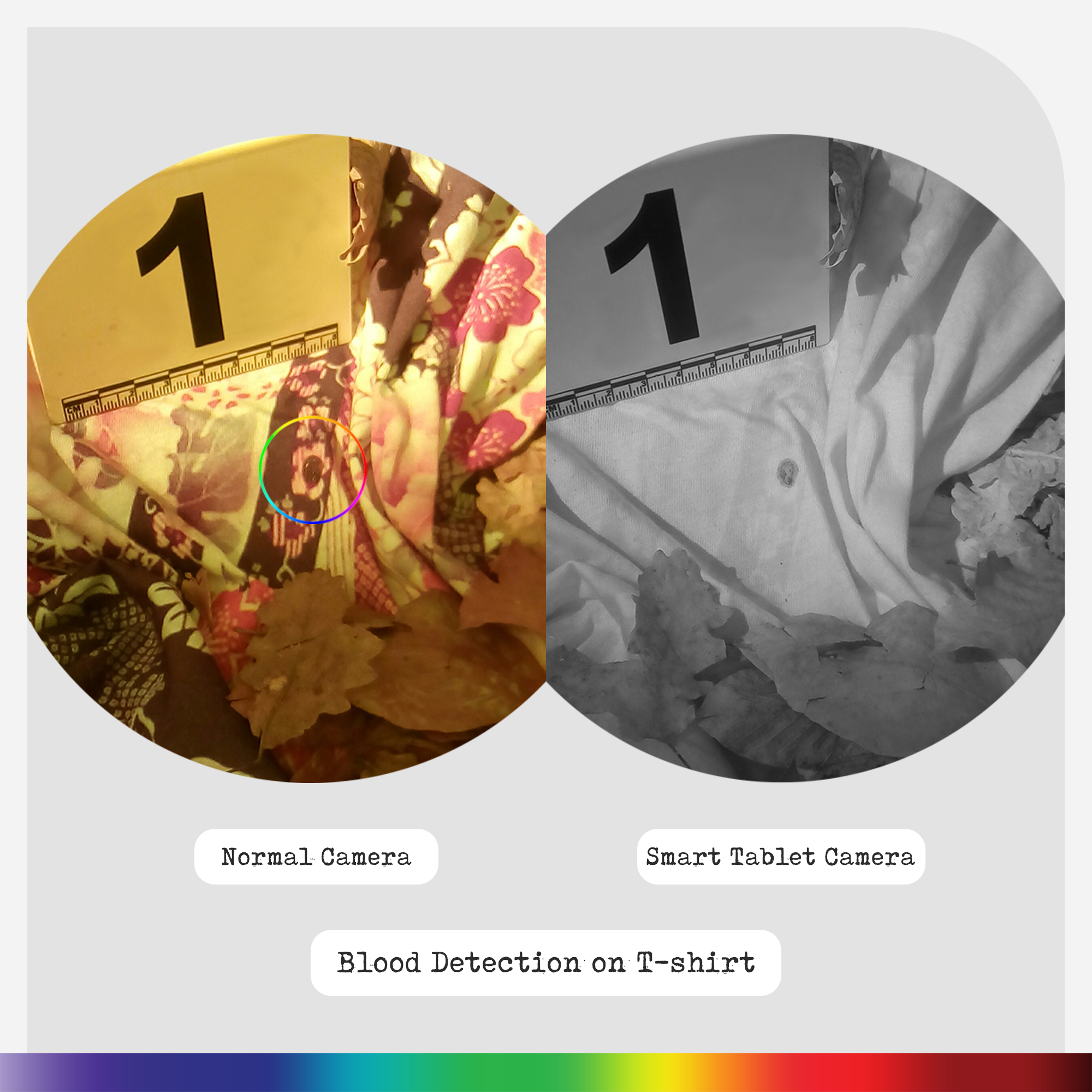
Picture 6.
Recently, it has been reported that in combination with mid-infrared (mid-infrared) and near-infrared (NIR) lights, it is highly effective in distinguishing species and helps identify the geographical origins of herbal medicines. Molecular methods are used to determine the origin of species: nuclear DNA, mtDNA, and DNA fingerprinting that help wildlife conservation law enforcement. Genetic approaches have also been used to determine geographic origin.
Radioisotope Rracer Techniques
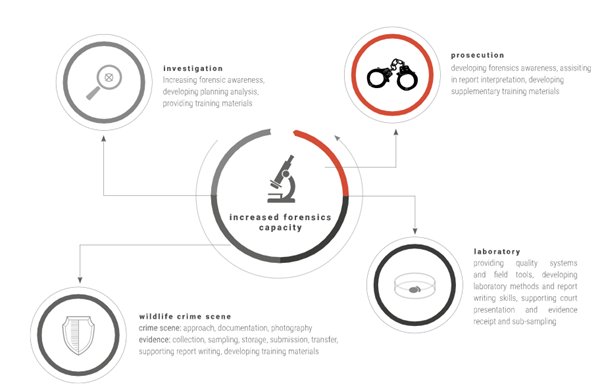
Picture 7.
This technique is used in wildlife forensics to detect trace elements in evidence remains. Radioisotopes provide information about the most likely origins based on isotope maps. Radioisotope tracer techniques are used to determine the origin of species. The Mt-DNA marker (16S rRNA, 12S rRNA, cytochrome b, and Cytochrome Oxidase) was also used for geographic origin identification. In such cases, identification based on DNA analysis becomes critical in wildlife forensics when the morphological characteristics of species are lost. In wildlife forensics, mt-DNA markers such as 16S rRNA, 12S rRNA, cytochrome b, and Cytochrome Oxidase are used for identification, including phylogenetic analysis of species. This mt-DNA-based marker shows inter-species variation. The genetic marker, available for different species as well as subspecies belonging to different geographic ranges, is helpful in wildlife forensics, but much work is needed to establish a DNA database of wildlife flora and fauna now and in the near future.


